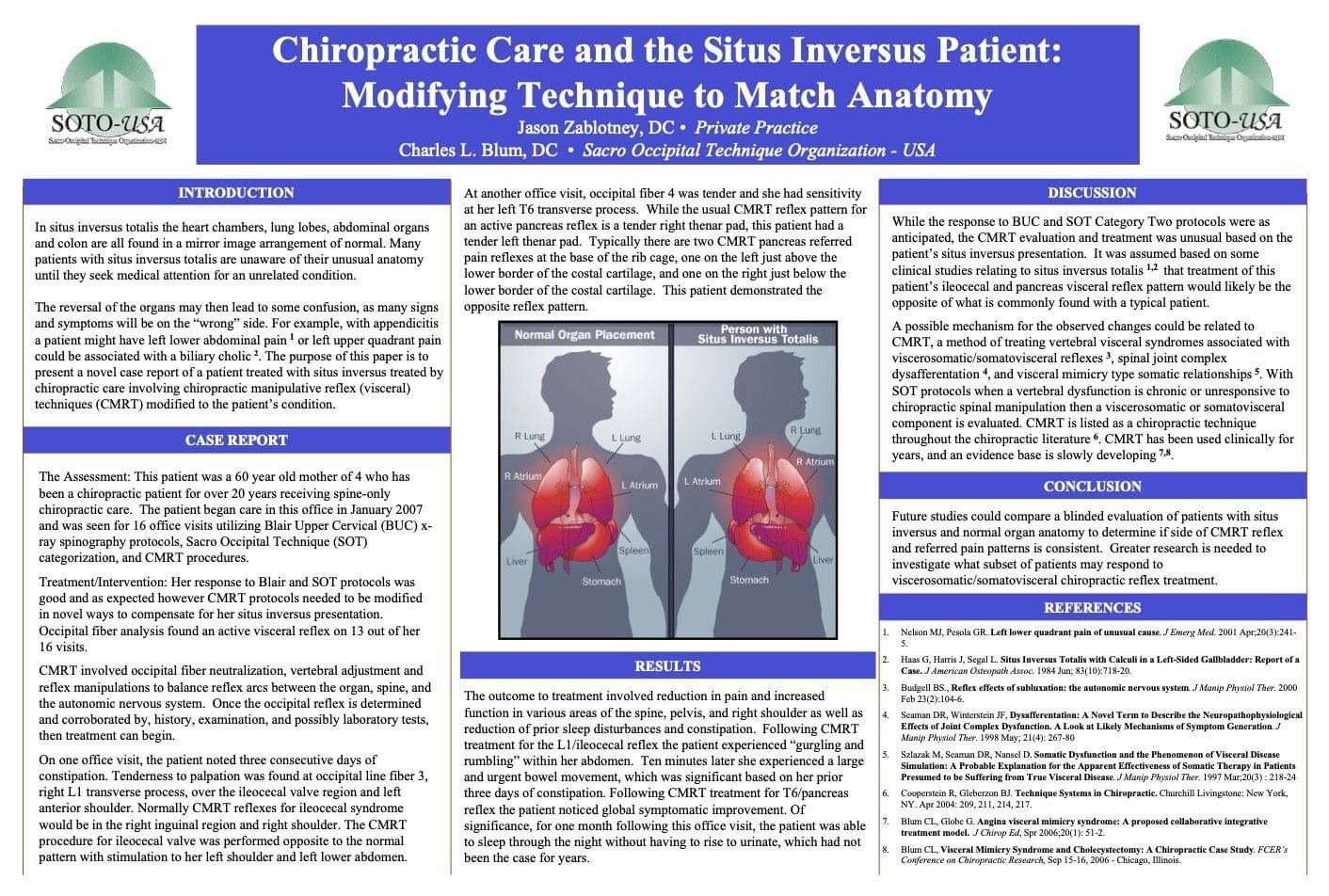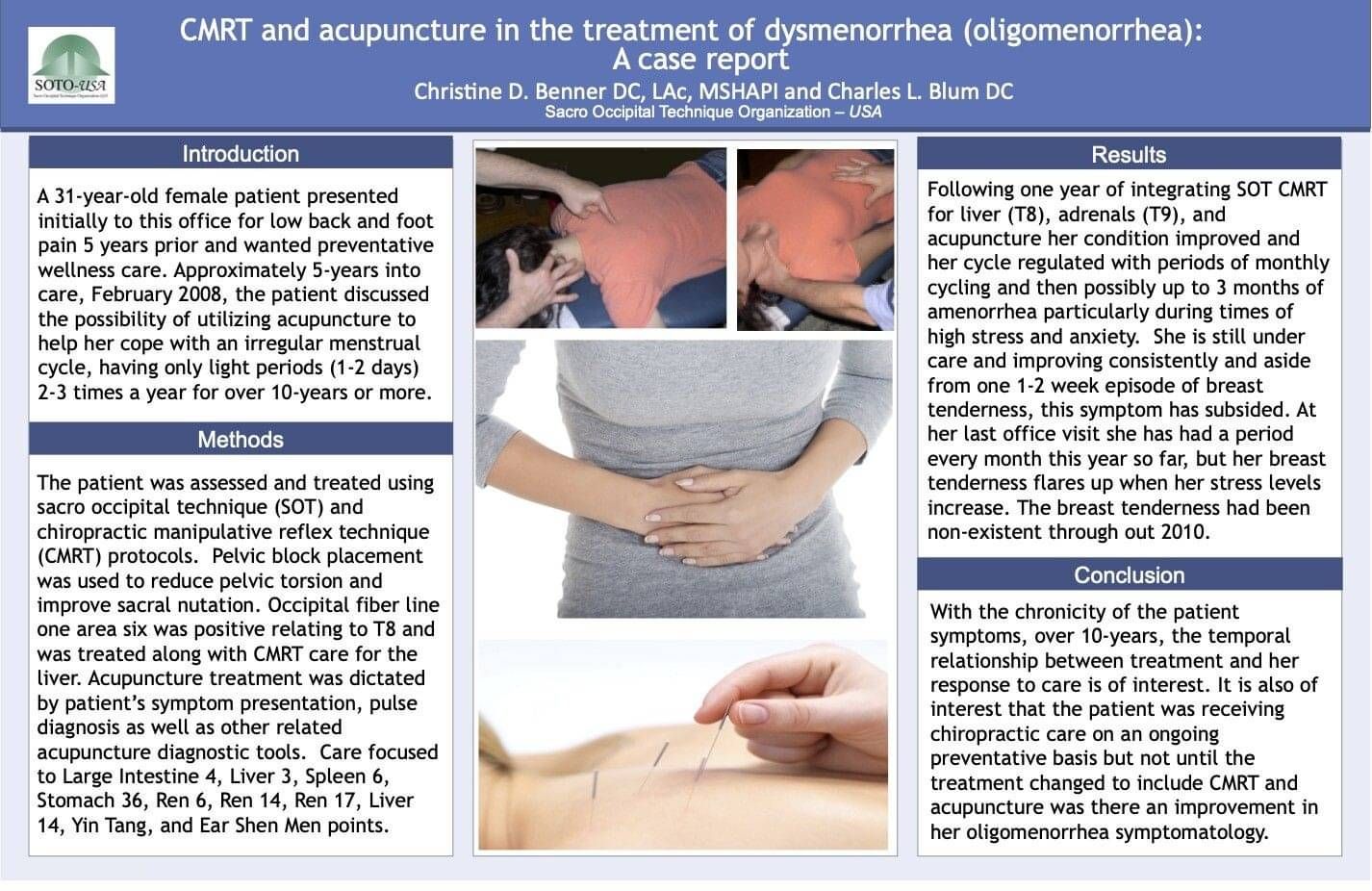
Chiropractic's New Moon is Rising
New moon rising
Abstract: This Journal has unbreakable faith in the future of chiropractic and places great value on today’s students who will be tomorrow’s doctors. With this issue we launch a partnership with the student’s global representative body, the World Congress of Chiropractic Students (WCCS). Our intent is to work together to bring the collective student voice into the indexed literature and to more widely share their hopes, aspirations and dreams within the profession.
The decision by the Board of SR to take the time to gather evidence from the real-world of conventional chiropractic practice is a landmark decision in the contemporary history of chiropractic. They are to be thanked and appreciated for investing in a sophisticated process that supports the busy practitioner to get their important cases into print. From this will come a plan of action for focussed research activities which is, in reality, exactly the way our research community should be informed.
Cite: Ebrall P. New moon rising [Editorial]. Asia-Pac Chiropr J. 2021;1.4. URL https://apcj.net/editorial--ebrall-april-2021/
President's Message [WCCS]
The Global Consciousness of Chiropractic
'I see the potential in us, in students, in youth in creating a healthy recovery of our world and our future generations. I also see potential in our working profession, to pave the way for youth participation and in the fight against tokenism and enhancing access to care through innovative strategies.'
Cite: Buote J. The Global Consciousness of Chiropractic. Asia-Pac Chiropr J. 2021;1.4. URL www.apcj.net/wccs-president-jordanne-april-2021/
The specific chiropractic adjustment is conducted within an articulation’s physiological range of motion: Part 4 of a series.
Abstract: This presentation aims to review the accuracy and appropriateness of the term beyond the normal physiological limit in relation to the chiropractic adjustment of vertebral subluxations. We question the assertion that chiropractic adjustments may conduct a spinal articulation beyond this normal physiological or functional limit. We contend that the chiropractic vertebral adjustment does not take an articulation beyond its normal range of movement primarily because dysfunctional fixations occur within a joints physiological range. A discussion is presented which calls for the removal of this unsuitable and inaccurate term.
Indexing terms: Vertebral adjustment, Range of movement, Manipulation, Technique.
Cite: Rome P. Waterhouse JD. The specific chiropractic adjustment is conducted within an articulation’s physiological range of motion: Part 4 of a series. Asia-Pacific Chiropr J. 2021;1.3. URL www.apcj.net/rome-and-waterhouse-adjustment-is-within-rom/
In pursuit of evidence: The pathway from In-Practice experiences to respected research.
'While many practitioners see the value in contributing their findings, the task of collecting, collating and writing up the reports is often seen as an arduous and impractical undertaking. To address this, the Foundation has developed the ASRF Case Report Project, whereby we are asking chiropractors to contribute valuable insights that will then be turned into case reports by the ASRF. And there are several things that make this project truly unique and exciting. '
Cite: Seaman R. In pursuit of evidence: The pathway from In-Practice experiences to respected research.Asia-Pac Chiropr J. 2021;1.4:Online only. URL apcj.net/https://apcj.rocketsparkau.com/seaman-pathways-from-practice-to-research/
Non-surgical manual spinal neural decompression adjustment of the Y-axis: Can the results be quantified? A case report.
Abstract: A measurable physiological change was observed in a test subject after the manual spinal neural decompression adjustment of the y axis via the ‘Ring Dinger’ procedure. The ability to measure physiological changes would allow for a full study of the chiropractic procedure using standard research practices. A minimum of twenty-five subjects in a pilot study should be used to establish the necessary limits for established statistical analysis.
Indexing Terms: Chiropractic, spinal decompression, traction, Ring Dinger, technique
Cite: Johnson GE. Non-surgical manual spinal neural decompression adjustment of the Y-Axis: Can the results be quantified? [Case Report]. Asia-Pac Chiropr J. 2021;1.4:Online only. URL apcj.net/ge-johnson-non-surgical-decompression/
The wide-angle lens: Patient education, evidence, and the Pandemic.
'Speeding the return of efficient innate immunity is nothing miraculous – it is an ordinary day at the office.'
Cite: Masarsky CS. The wide-angle lens: Patient education, evidence, and the Pandemic. Asia-Pac Chiropr J. 2021;1.4. URL apcj.net/masarsky--education-evidence-and-pandemic/
Regarding High-Velocity/Low-Amplitude (HVLA) adjusting techniques in chiropractic: Controlled pre-loaded impulse of low amplitude; Part 5 of a series.
Abstract: A discussion is presented which questions the relevance and interpretation of the term High Velocity Low Amplitude (HVLA) is used as a descriptive for seemingly most spinal manipulative techniques. It is suggested that among the range of manual manipulative techniques a distinct majority may be regarded as being of varying degrees of both velocity and amplitude although relatively few may be considered as strictly HVLA. It seems that the HVLA term has been loosely adopted and presumed as a descriptive of manipulation without due research or serious consideration as to its accuracy and has often been misunderstood and adopted inappropriately.
Contrary to earlier assumptions, it is suggested that the chiropractic vertebral adjustment does not take an articulation beyond its normal range of movement. There are occasions when an HVLA technique could be employed as the technique of choice. These still do not necessarily take a joint beyond its physiological limit.
Classification of manipulative techniques is submitted in order to more accurately identify the physical characteristics involved in the different forms of manipulation, including chiropractic adjustments. However, due to the capricious nature in identifying the subtleties of the technique, any classification remains quite subjective and renders limited definitive value to the HVLA term. In essence, the accuracy and appropriateness of the so-called High Velocity Low Amplitude or HVLA technique in manual spinal manipulation is questioned.
Indexing terms: Manipulation, Vertebral adjustment, Technique, Chiropractic.
Cite: Rome P. Waterhouse JD. The specific chiropractic adjustment is conducted within an articulation’s physiological range of motion: Part 4 of a series. Asia-Pacific Chiropr J. 2021;1.3. URL www.apcj.net/rome-and-waterhouse-adjustment-is-within-rom/
Practice characteristics of New Zealand chiropractors: A 2019 survey
Abstract:
Objective: To summarise the key findings of the 2019 Survey of the New Zealand Chiropractic Profession given to New Zealand chiropractors and compare them to the practice patterns seen in similar local and international studies.
Method: The 62-question survey was conducted online, and access was provided via an email or Facebook invitation. The survey was sent to all registered chiropractors in New Zealand and those on the database at the New Zealand College of Chiropractic (NZCC). The questions were divided into sections that included the chiropractic practitioner, chiropractic practice management, chiropractor beliefs and chiropractor clinical management.
Summary: 310 chiropractors responded to the survey. The results indicate that the typical chiropractor in New Zealand graduated from NZCC and found a job within six months of graduating or graduated over five years ago and is a sole practitioner with a thriving practice. They also suggest that the majority of chiropractors in New Zealand have a vertebral subluxation focus and use a range of techniques in their practice.
Indexing terms: Chiropractic, New Zealand, Survey, Practice characteristics.
Cite: Glucina T, Gaskin H, Fox M, Holt K. Practice characteristics of New Zealand chiropractors: A 2019 survey. Asia-Pacific Chiropr J. 2021;1.3. URL apcj.net/glucina-et-al-demographics-new-zealand/
Australian Chiropractors Association
Policy on Chiropractic Practice, Scope & Terminology.
Editors’ note: This policy is reproduced with the permission of the Australian Chiropractors Association (AusCA). The cited authors are primarily responsible for preparing this policy which is current from 2021. The intellectual ownership of the policy belongs to the AusCA. It is published here to become globally indexed and to serve as a guide for others.
Cite: Policy Committee. Australian Chiropractors Association: Policy on Chiropractic Practice, Scope & Terminology. Asia-Pac Chiropr J. 2021;1.4. URL apcj.net/cahill-scope-and-terminology/
Identifying medical attitudes and inclinations towards Chiropractic: A Review of the Literature
Purpose: The purpose of this study was to investigate medical practitioner attitudes towards chiropractic, and uncover major themes which may influence practitioners’ attitudes.
Design: This research was conducted as a narrative review.
Methods: A systematic search of online electronic databases identified twenty eligible relevant studies. Critical appraisal of these was completed using the STROBE and PRISMA checklists.
Results: A broad variety of medically orientated attitudes towards chiropractic were uncovered from the period of 1998-2018. Twenty studies represented locations across Australia, New Zealand, Europe, South Africa, America and North America. Study participants were practising general practitioners or speciality physicians.
Synthesis: Attitudinal trends towards chiropractic ranging on a scale from negative, to neutral, or positive were revealed. Lack of evidence, concerns of safety, lack of knowledge, redundancy (due to physiotherapy), scepticism and low-referral rates are likely factors associated with negative clinician attitudes. Subjective beliefs that chiropractic is effective, high referral rates, interest in learning more about chiropractic, openness to communication, value of patient preferences, and belief that chiropractic is safe are likely factors facilitating neutral-positive clinician attitudes.
Conclusions: A representative medical attitude consensus is not currently definitive in the literature due to heterogeneity across studies and limited data of varying quality. Medical attitudes towards chiropractic appear to be multivariable in nature. Additionally, reoccurring themes which may influence attitudes have been established which warrant future research in these domains to allow improved inter-professional relationships and impact patient management in the healthcare system.
Indexing terms: Medical Attitude, Chiropractic, Complementary Alternative Medicine, Attitudes
Cite: Taylor B. Identifying medical attitudes and inclinations towards Chiropractic: A Review of the Literature. Asia-Pacific Chiropr J. 2021;1.3. URL apcj.net/taylor-review-medical-attitudes/
Chiropractic care resolves severe lower back pain in a 30yr female (post horse fall) with a positive effect on pregnancy.
Abstract: A 29 year old female presented following a fall from a horse with overbearing low back pain under medical management. Medications including oxycodone, pregabalin, doxylamine and Kunzea oil. Her first pregnancy had been a most painful experience to the extent she wanted no more children. Assessment and management included the methods of Gonstead and adjustments of her spine and pelvis led to a complete resolution of pain with only 14 visits. The patient then opted for a second pregnancy.
Indexing Terms: Chiropractic, low back pain, pregnancy, horse fall, subluxation, disc bulge, discitis, Gonstead, Mirena.
Cite: Stephenson R. 12y female with Coeliac Disease and associated physiological disturbances ( A pre-case report]. Asia-Pac Chiropr J. 2021;1.3:Online only. URL www.apcj.net/stephenson--coeliac-disease-and-gonstead-methods/
Chiropractic care and the Situs Inversus patient: Modifying technique to match anatomy. A case report.
Abstract: In situs inversus totalis the heart chambers, lung lobes, abdominal organs and colon are all found in a mirror image arrangement of normal. The purpose of this paper is to present a novel case report of a patient with situs inversus treated by chiropractic care involving chiropractic manipulative reflex techniques (CMRT) modified to the patient’s condition.Assessment: This patient was a 60 year old mother of 4 with sinus inversus who has been a chiropractic patient for over 20 years receiving spine-only chiropractic care. The patient began care in this office in and was seen for 16 office visits utilizing Blair Upper Cervical (BUC) x-ray spinography protocols, Sacro Occipital Technique (SOT) categorization, and CMRT procedures. Treatment/Intervention: Her response to Blair and SOT protocols was good and as expected however CMRT protocols needed to be modified in novel ways to compensate for her situs inversus presentation. Occipital fiber analysis found an active visceral reflex on 13 out of her 16 visits. On visits that necessitated treatment to the ileocecal or pancreas reflex arc the reflex patterns were opposite to normal. Results: The outcome to treatment involved reduction in pain and increased function in various areas of the spine, pelvis, and right shoulder as well as reduction of prior sleep disturbances and constipation. Discussion: While the response to BUC and SOT Category Two protocols were as anticipated, the CMRT evaluation and treatment was unusual based on the patient’s situs inversus presentation. The patient’s immediate response to treatment suggests that further investigations may be indicated. Conclusion: Future studies could compare a blinded evaluation of patients with situs inversus and normal organ anatomy to determine if side of CMRT reflex and referred pain patterns is consistent. Greater research is needed to investigate what subset of patients may respond to viscerosomatic/somatovisceral chiropractic reflex treatment.
Indexing Terms: Chiropractic, sinus inversus, chiropractic manipulative reflex techniques, sacro-occipital technique.
Cite: Zablotney J, Blum C. Chiropractic care and the Situs Inversus patient: Modifying technique to match anatomy [Case Report]. Asia-Pac Chiropr J. 2021;1.3:Online only. URL apcj.net/zablotney-and-blum-the-situs-inversus-patient/
CMRT and acupuncture in the treatment of dysmenorrhea (oligomenorhea)[Case Report]
Abstract: Acupuncture as a therapy, and acupressure as self-treatment, are increasingly widely used for gynecological conditions. While doubt remains about the effectiveness of acupuncture for gynecological conditions both acupuncture and acupressure appears promising for the treatment of dysmenorrhea.
A 31-year-old female patient presented initially for low back and foot pain 5 years prior and wanted preventative wellness care. Approximately 5 years into care, February 2008, the patient discussed the possibility of utilizing acupuncture to help her cope with an irregular menstrual cycle, having only light periods (1-2 days) 2-3 times a year for over 10 years or more. The patient was assessed and treated using sacro occipital technique (SOT) chiropractic, chiropractic manipulative reflex technique, and acupuncture protocols. She was treated for a category one which involves pelvic block placement to reduce pelvic torsion and improve sacral nutation.
Acupuncture treatment followed the following protocol dictated by patient’s symptom presentation, pulse diagnosis as well as other related acupuncture diagnostic tools.
The patient was receiving chiropractic care on an ongoing preventative basis but when the treatment changed to include CMRT and acupuncture was there a change in her symptomatology and the patient responded very well with no side effects.
Indexing Terms: Chiropractic, dysmenorrhea, chiropractic manipulative reflex techniques, sacro-occipital technique, acupuncture.
Cite: Benner CD, Blum C. CMRT and acupuncture in the treatment of dysmenorrhea (oligomenorhea)[Case Report]. Asia-Pac Chiropr J. 2021;1.3:Online only. URL apcj.net/benner-and-blum-the-treatment-of-dysmenorrhea/
A question to my MP
Extract:
Please ask your Minister for Health:
Is AHPRA applying this prohibition equally to all other registered health care professions?
If ‘No’ could the Minister please explain why the government allows AHPRA to discriminate against Australia’s chiropractic profession?
Indexing Terms: health care, establishment, chiropractic, subluxation
Cite: McKibbin M. A question to my MP [Column]. Asia-Pac Chiropr J. 2021;1.4. URL apcj.net/mckibbin-a-question-to-my-mp/
Hacking Chiropractic
Cite: Smith JC. Hacking Chiropractic [Column]. Asia-Pac Chiropr J. 2021;1.3. URL apcj.net/jc-smith-hacking-chiropractic/



